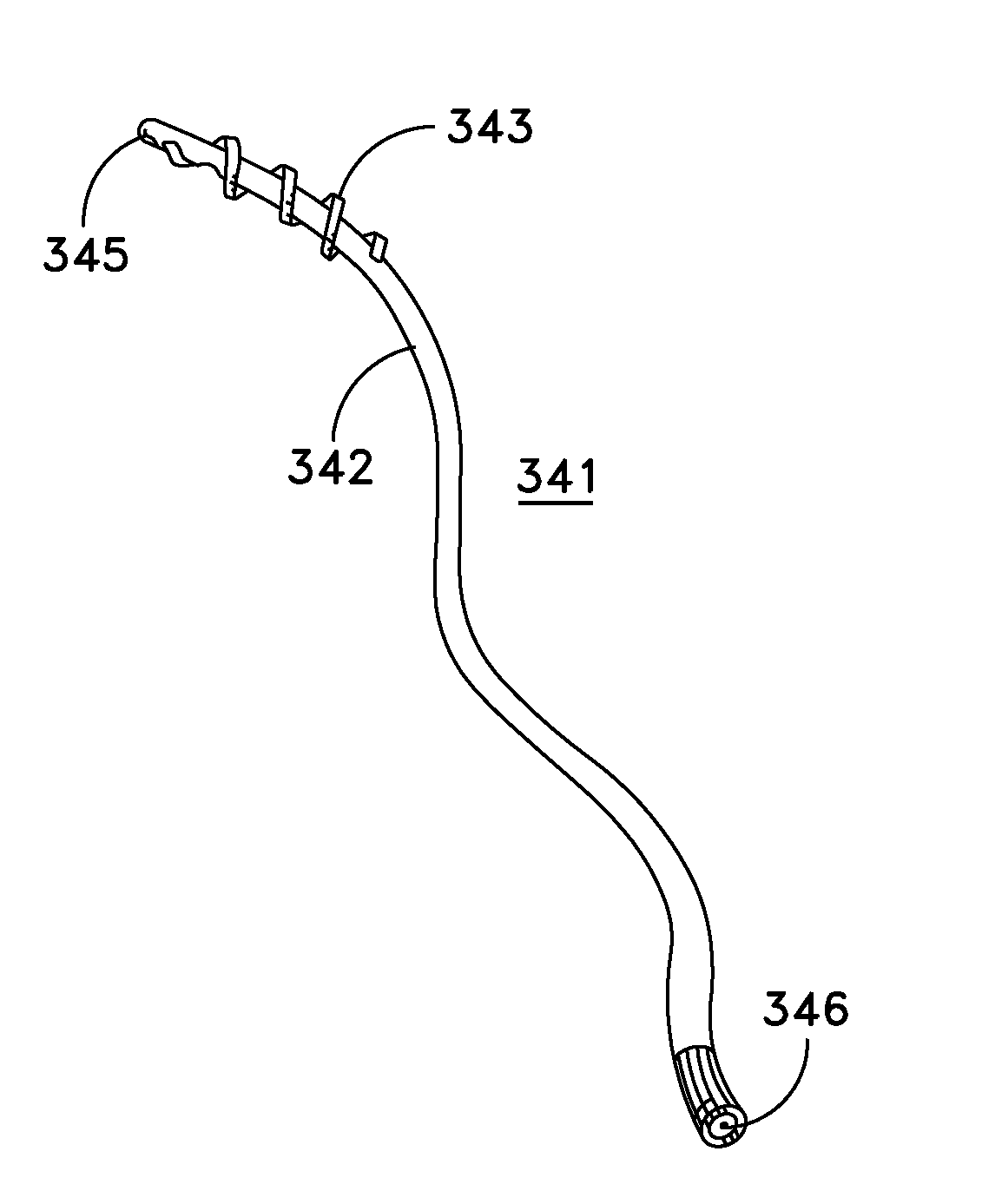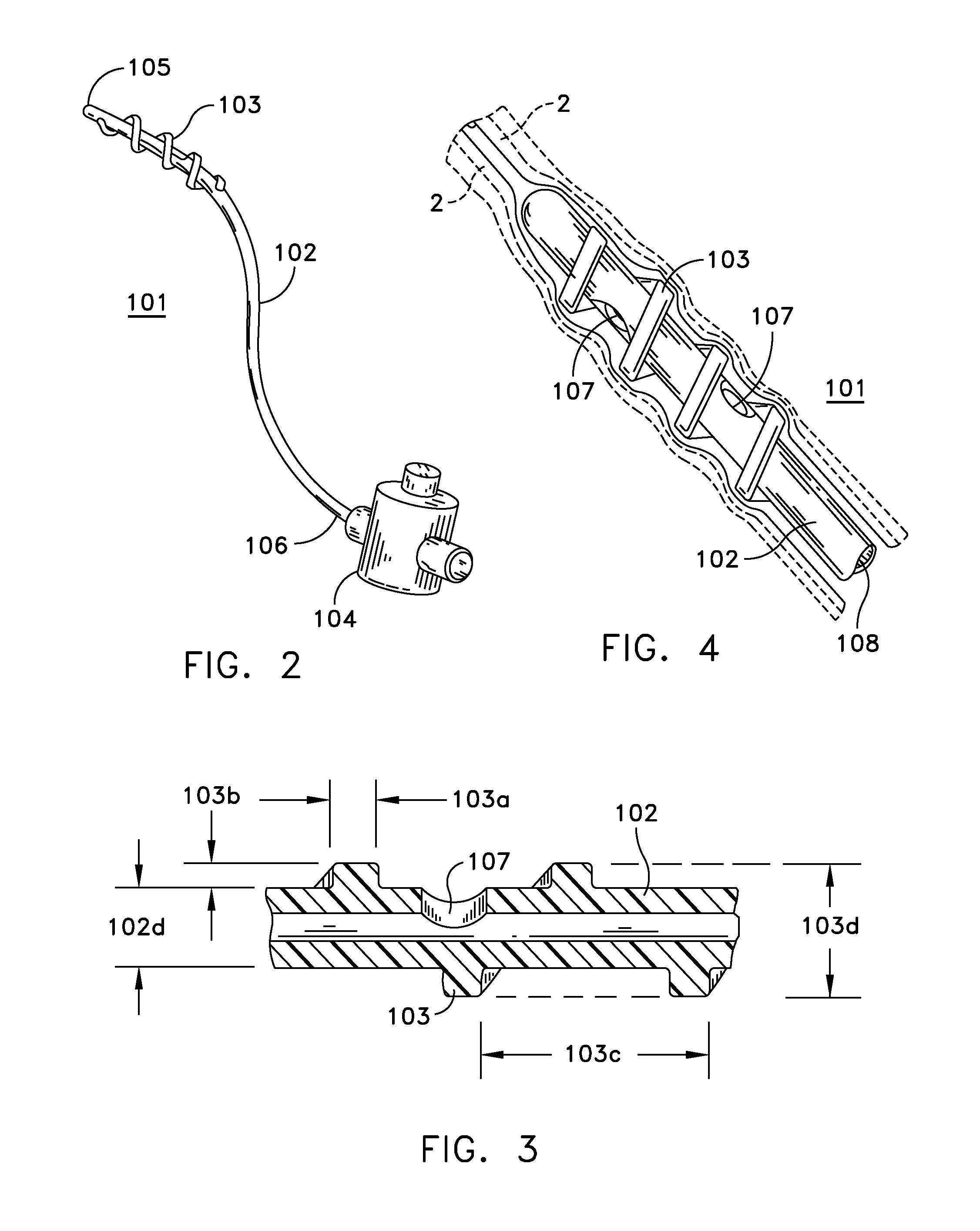Rotate-to-advance catheterization system
a technology of rotating to advance catheterization and gastrointestinal passages, which is applied in the field of apparatus and methods for catheterization and related treatments of the genitourinary and gastrointestinal passages of mammals, can solve the problems of failure to recognize the fundamental flaws and fundamental shortcomings of failure to resolve the critical features of the structure, and inability to realize the fundamental flaws and abandon the basic push-to-advance technique, so as to
- Summary
- Abstract
- Description
- Claims
- Application Information
AI Technical Summary
Benefits of technology
Problems solved by technology
Method used
Image
Examples
Embodiment Construction
[0156]In one preferred form of the invention, there is provided a method for visualizing the interior of a bodily passageway at a remote location, the method comprising the steps of:
[0157]providing a visualization system for deployment in the bodily passageway, the visualization system comprising:[0158]a tube having a distal end and a proximal end, at least a portion of the distal end being rotatable relative to the proximal end;[0159]visualization apparatus disposed within the lumen of the tube; and[0160]a helical thread disposed on the exterior surface of the rotatable portion of the distal end of the tube, the helical thread having a sufficient structural integrity, and a sufficient surface profile, such that when the tube is disposed in the bodily passageway so that the helical thread engages the interior side wall of the bodily passageway, rotation of the rotatable portion of the distal end of the tube will induce a relative movement between the tube and the side wall of the bo...
PUM
 Login to View More
Login to View More Abstract
Description
Claims
Application Information
 Login to View More
Login to View More - R&D
- Intellectual Property
- Life Sciences
- Materials
- Tech Scout
- Unparalleled Data Quality
- Higher Quality Content
- 60% Fewer Hallucinations
Browse by: Latest US Patents, China's latest patents, Technical Efficacy Thesaurus, Application Domain, Technology Topic, Popular Technical Reports.
© 2025 PatSnap. All rights reserved.Legal|Privacy policy|Modern Slavery Act Transparency Statement|Sitemap|About US| Contact US: help@patsnap.com



